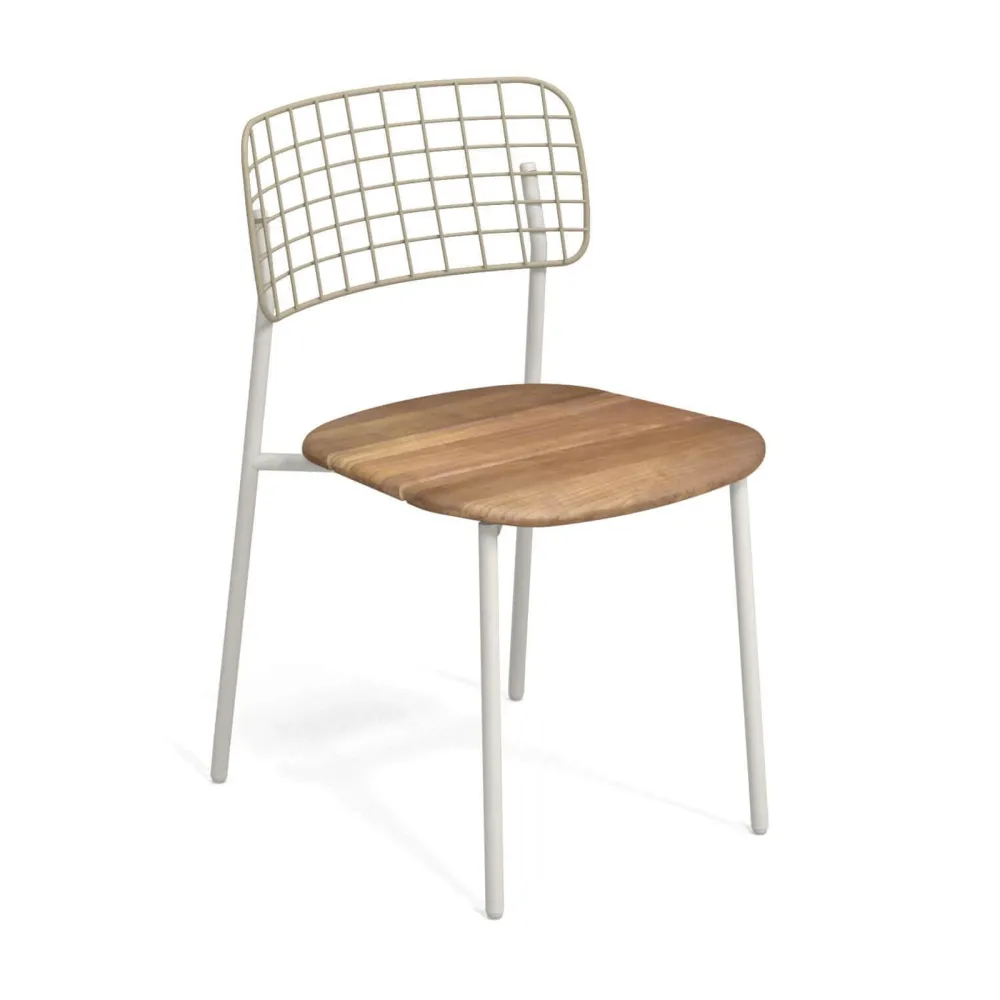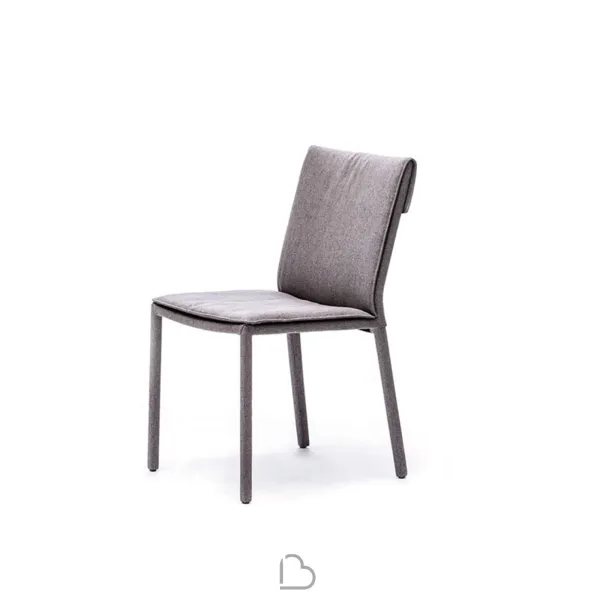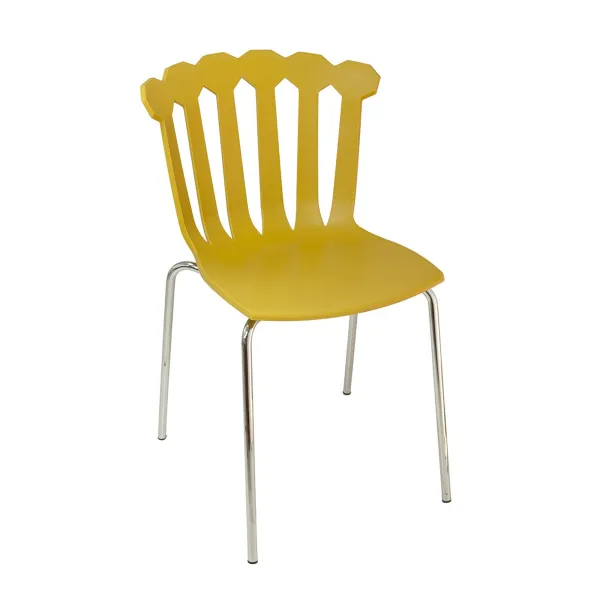Maintenance
ALUMINUM
To keep the product in good condition for a long time, we recommend correct periodic cleaning, particularly frequent in areas characterized by high humidity and a marine climate. It is recommended to clean the surfaces with a soft cloth using water or neutral detergents. Prolonged and uninterrupted exposure to intense UV radiation or very cold temperatures can affect the initial characteristics of the colored aesthetic coating made of polyester. We recommend cleaning and storing the products in sheltered places during prolonged and winter periods of inactivity.
INOX
Attention! a) DO NOT USE the following products on stainless steel parts: – bleach or detergents containing bleach (they can corrode stainless steel); – hydrochloric acid or products containing chloride (they can corrode stainless steel). b) Salt, limestone or acid (from coffee, wine, orange juice, tomato juice, lemon, etc.) can discolour stainless steel parts that are not promptly cleaned. c) Stainless steel products or parts used by the sea or in swimming pool interiors require more frequent cleaning to remove chloride deposits and prevent corrosion and chemical attack of the external surface. d) Stains or rust that appear on the stainless steel surface must be cleaned promptly. e) Stains left on for a long time can become permanent. f) Rust can chemically attack or gouge stainless steel. Removing stains or rust: – apply a specific non-abrasive detergent/polish for stainless steel; – test on an inconspicuous stain to ensure that the original surface finish is not altered; – remember to rub in a linear sense (not in a circular way); – do not use abrasive pads; – rinse thoroughly with clean water; – finally dry well to prevent streaks, rub in the direction of the fibers.
TEAK
Being a natural material, variations in color could be observed between one product and another or between the components of the same product. Furthermore, in the event of sudden changes in temperature and depending on the humidity level, cracks could also occur. If not subjected to any maintenance treatment through the periodic application of common and specific oil-based protective agents, the surface will take on a silver-grey patina which can also be eliminated with a light surface sanding and subsequent polishing with a jute cloth. Small surface stains due to oil or other food products must be removed promptly, before the wood can absorb them in depth, by sanding the affected surface and polishing with a jute cloth. Stains from coffee, juices, natural drinks, without the addition of preservatives, can be promptly removed with water and a soft cloth. When the wood gets wet for the first time it is normal for the surface to become a little rough and, once dry, the initial smoothness can be restored with a light surface sanding and subsequent polishing with a jute cloth. Teak is a natural material that absorbs water and is rich in oils. Over time, these oils, by a natural process, rise to the surface and can stain any pillows that have been used. Stains on pillows can be removed using soap and water.



































